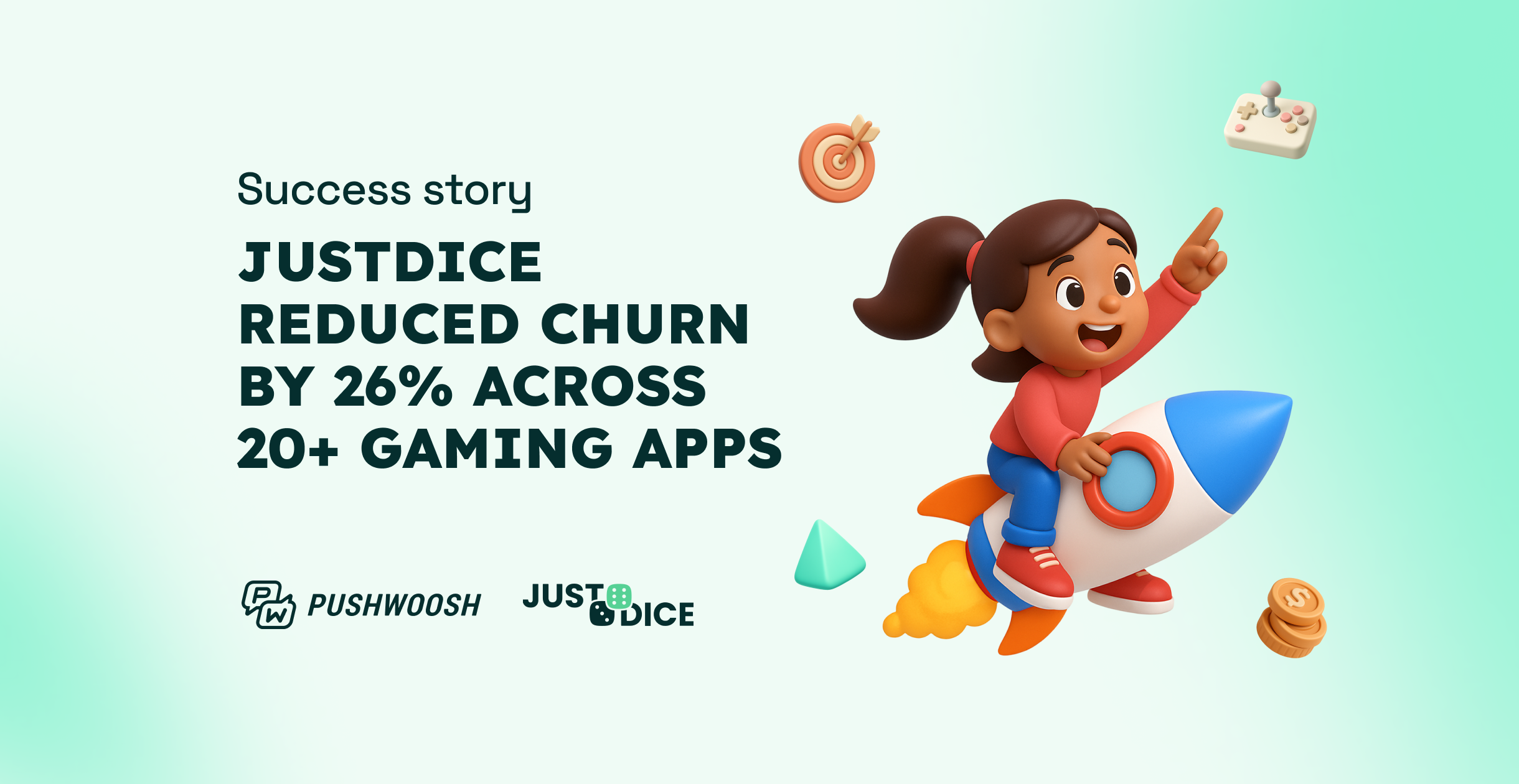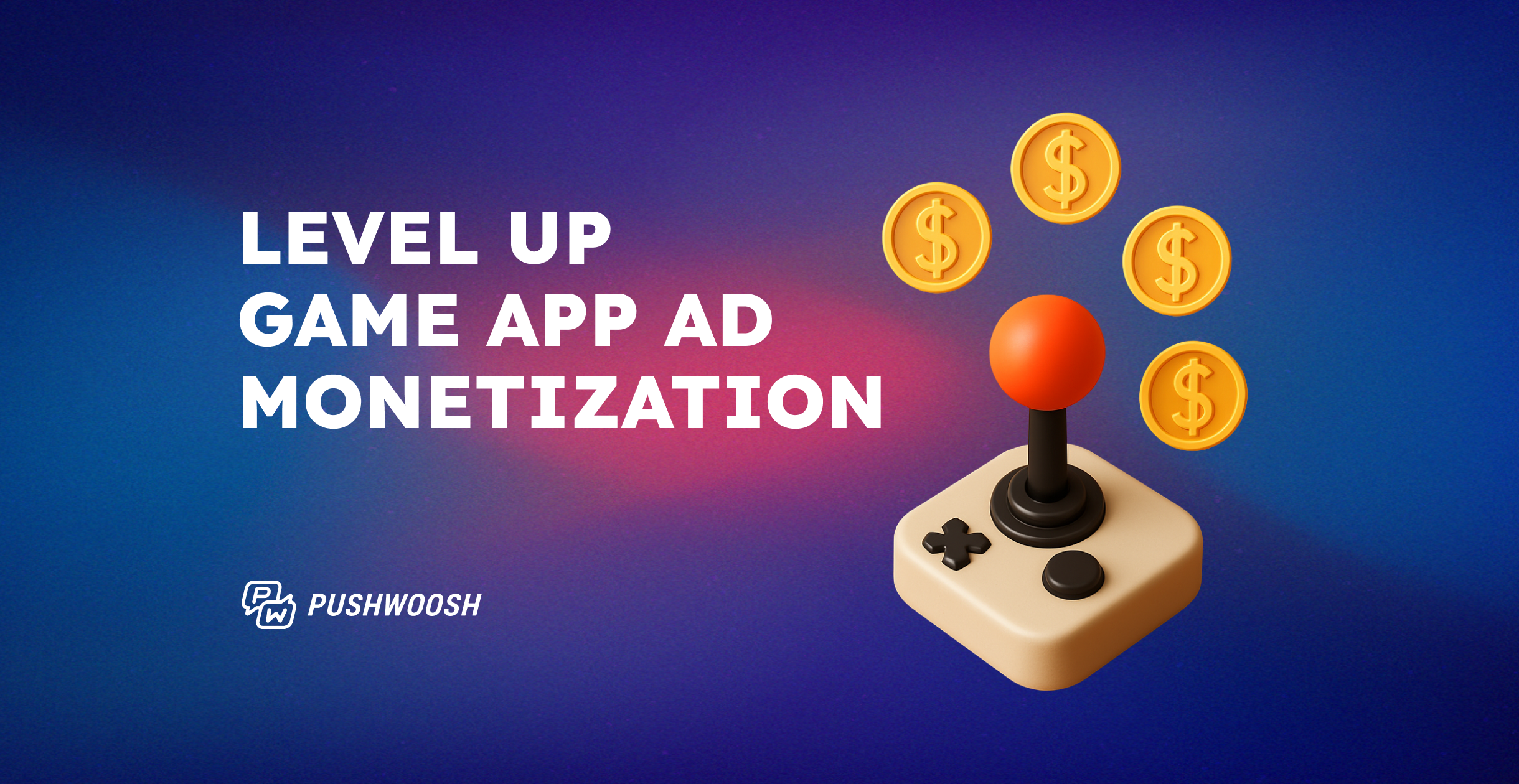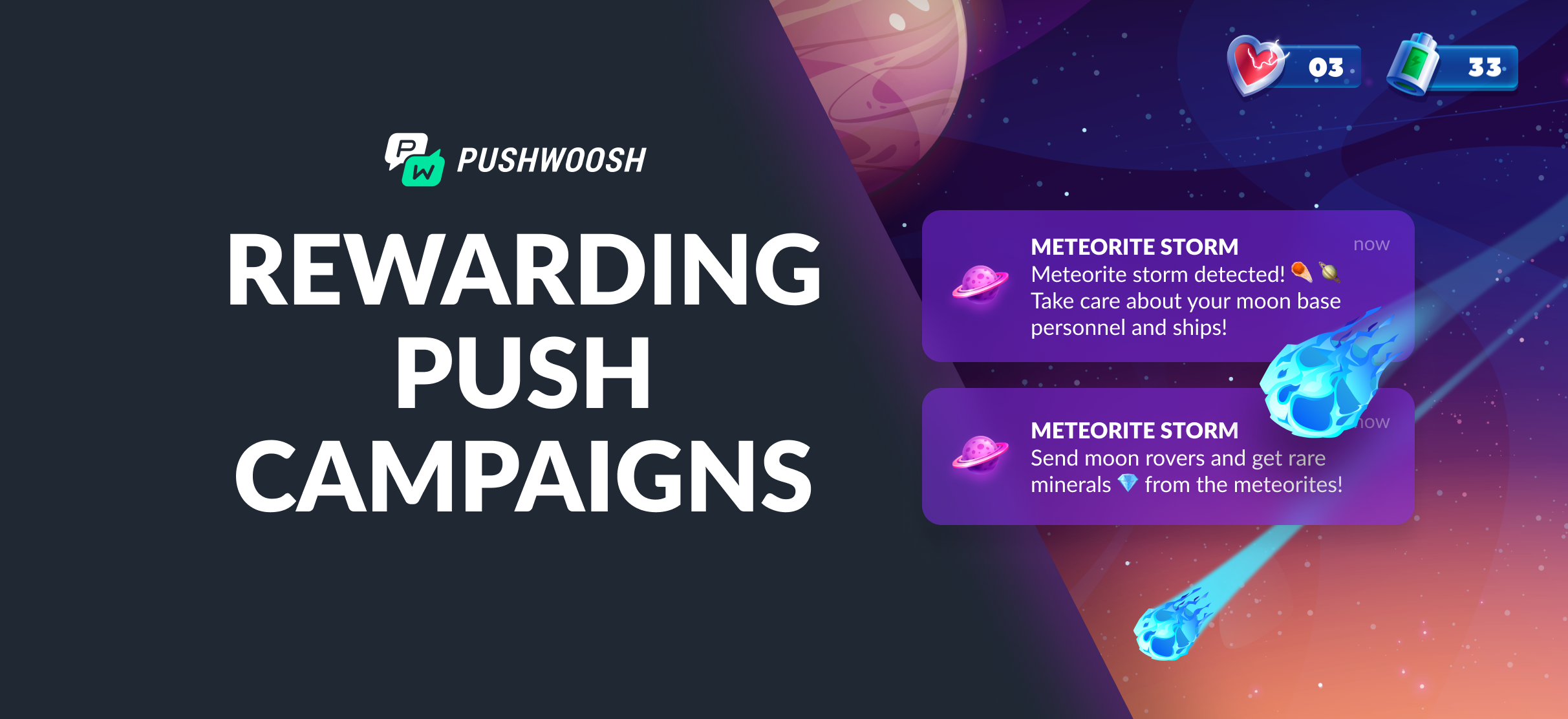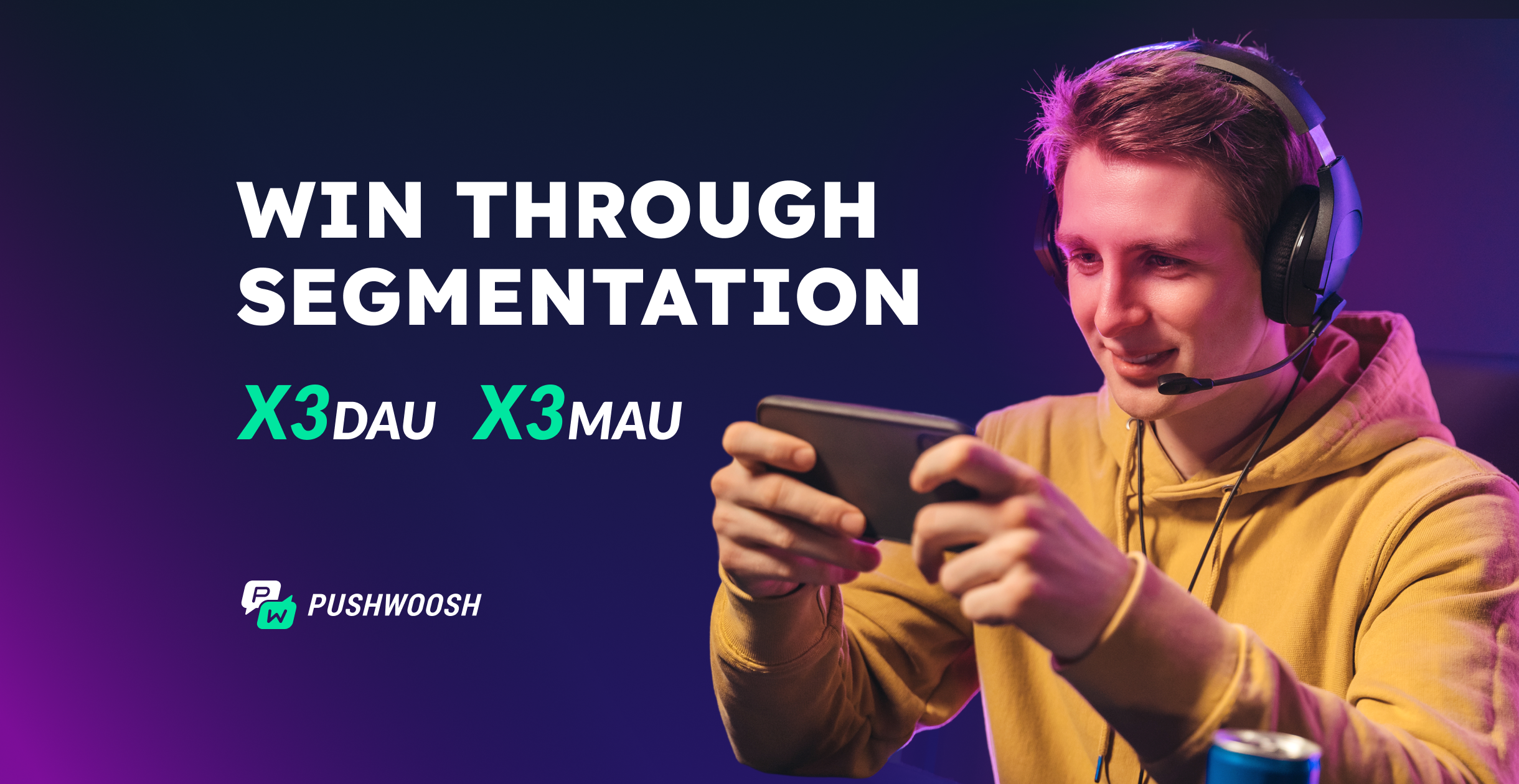Mobile game monetization models: The ultimate guide to increase your app revenue
Want to know how to monetize a game app and increase its profitability in 2025? The answer lies in choosing the best monetization model for mobile games and building a mobile game monetization strategy that fits your player base, app genre, and business goals.
This guide covers proven monetization methods, from IAPs to hybrid monetization strategies, and shows you how to use lifecycle messaging to generate revenue at every stage.
What are the main mobile game monetization models?
A strong game monetization strategy starts with choosing the right model (or combination of models) for your app. Understanding the options below will help you decide which path fits your game app’s genre, player behavior, and long-term goals.
Subscription-based model
The subscription-based model is most commonly used in non-gaming apps, and studies show it’s often the most profitable model outside of gaming. Still, it can work in mobile games that offer premium content, ad-free gameplay, or VIP tiers.
While not yet mainstream in games, subscriptions can provide predictable recurring revenue and increase long-term user engagement, especially when integrated with lifecycle messaging that reinforces the value.
In-app purchases (IAP)
Selling virtual goods, in-game perks, power-ups, or extra lives remains the backbone of monetization for many game apps, as 73% of mobile game revenue comes from IAPs.
However, this model is increasingly vulnerable to ecosystem changes. Following the 2021 shakeup in the app economy by ATT, new data indicates that IAP revenue in gaming has stabilized, with some genres, such as casual games, experiencing a 5% decline, according to AppsFlyer’s 2024 report.
In-app advertising (IAA)
Monetizing users through ads — whether interstitial, banner ads, video ads, or rewarded video ads — is a go-to strategy for free-to-play games. It enables you to generate revenue from non-paying users through different ad formats and scale your earnings even with low purchase rates.
While IAP revenue declined post-ATT, IAA revenue in the US rose by 55%, showing strong growth potential. In 2024, IAA continues to rise, with AppsFlyer reporting a 7% increase in ad revenue year-over-year for gaming apps.
Hybrid model
Putting all your eggs in one basket, especially by relying solely on in-app purchases, is no longer effective.
The most resilient strategy is a hybrid monetization strategy, allowing game publishers to unlock multiple revenue streams while protecting the overall monetization strategy from platform changes.
In 2025, mobile game monetization trends are shifting toward hybrid and engagement-led strategies. The most successful apps blend game monetization best practices with behavior-driven messaging and personalization.
Let’s explore these strategies in detail.
Mobile game monetization strategies: Build the best one for your app
Here are some clear principles and mechanics you can use:
• Make ads part of the game (including the meta layer!)
• Combine IAA (in-app ads) and IAP (in-app purchases)
You don’t have to stick to one monetization model — you can choose a hybrid model.
• Try to have two or more in-app currency methods that engage users with rewards and a sense of accomplishment.
You should always try to have two to three different kinds of in-game currencies, such as soft, hot, and premium currencies; reward your users generously with soft coins, but keep your premium coins hard to get. Make it so that users can buy anything in the app for premium currency, create a demand for it, and encourage players to buy it.
Increase traffic to your game app and monetize it
It’s no secret that mobile games with the highest revenue stick to this time-proven mobile game marketing approach: engage → retain → earn.
Transforming game app engagement into a sustainable revenue stream starts with a player-focused, data-driven approach. AI-driven personalization and accurate player segmentation are crucial for success.
With AI, developers can analyze player behavior in real time, adjusting difficulty, unlocking personalized challenges, and delivering rewards that keep players engaged.
Personalization also extends to offers, updates, and promotions, making sure they are relevant, timely, and valuable rather than disruptive.
Engage players with daily offers
Schedule repeating notifications with daily promotions and reminders about routine in-game activities and events — and even personalize them with Dynamic Content to achieve better CTRs.
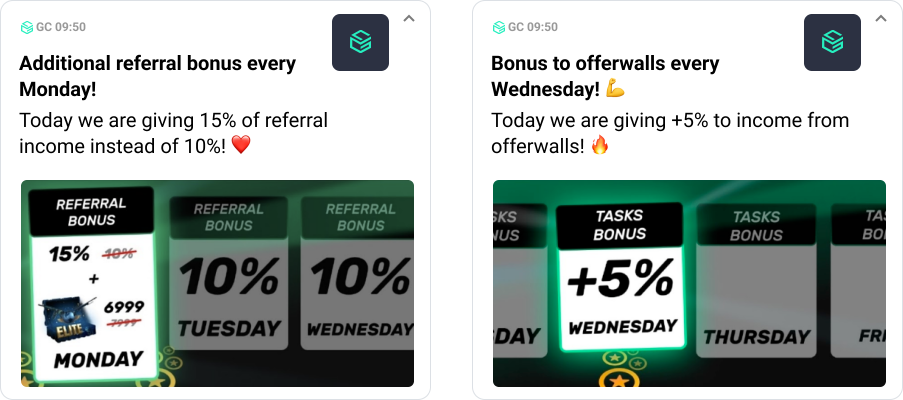
Bladestorm, our stellar customer who engaged its audience with these offers, achieved a 4.58% boost in ARPU in just eight months of working with Pushwoosh.
Retain users with hot-hour deals
Set a particular period of time when your players can get more coins, experience points or other bonuses and automatically remind them of that in advance with scheduled messages.
Target your offers based on user behavior
Customize your messages to different groups of players and choose the right moment to show your special offers:
• Suggest the users who have completed a free practice round try one month of VIP games for free
• Reach out to your paying users whose subscription is about to expire
• Target those users who have purchased some in-game items in the past
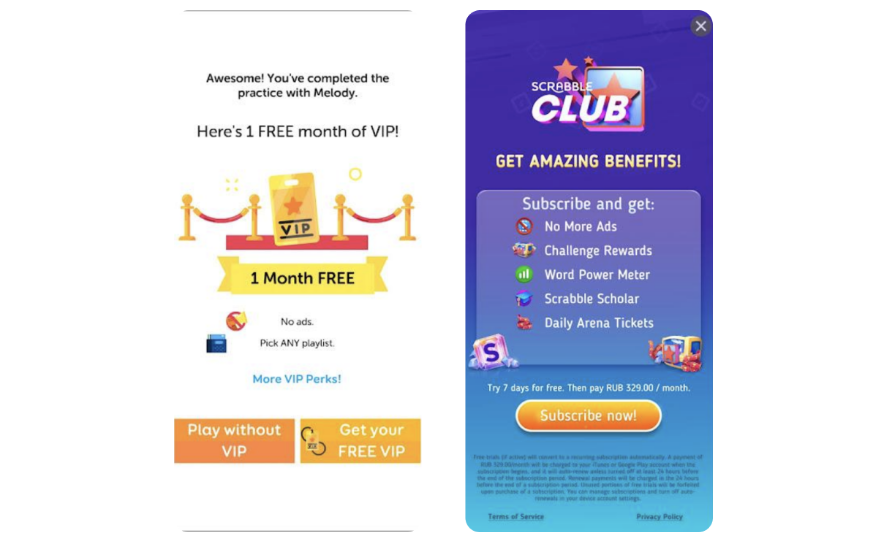
👇 A live example: Dot Com Infoway improved ad revenue & in-app purchase for a cooking game
At the early stage, allow your new users to get some premium items and features by watching ads instead of purchasing them.
Dot Com Infoway, a premier mobile and web solutions company and a Pushwoosh partner, faced a challenge once: new users of a cooking game they promoted were hesitant to purchase in-game items as they were unfamiliar with the game.
The app team came up with an additional option to earn those extra elements by watching advertising videos. After implementing them, the game saw more traction and user activity on the respective ads, leading to higher revenue from monetization.
Re-engage inactive players and increase your revenue at the same time
Make the process of returning inactive users into the app even more profitable for you:
• Target users by the games they’ve played and cross-promote additional games that the customer might like
If you develop and promote many games, just like our customer Beach Bum does, redirect users who have lost their interest in one game to another app and extend their LTV. Another option could be to promote partners’ games to your dormant players.
• Send a sponsored video: if a user watches it, they get a boost to help them complete the level
A user is stuck in the game level? Send players a sponsored video and reward them for watching it with in-game currency or useful items.
Another option: collaborate with a streamer who makes playthroughs and tutorials on your game and send their videos to the players who struggle to move on in the game.
• Drive customers directly to ads to increase click-through rates
Make thoughtfully-integrated ads a part of your re-engagement process: get additional income from monetization or even boost in-game purchases.
• Provide free in-game resources to re-engage gamers and convert them into paying users
Entice players’ appetites and stimulate purchasing by sending time-limited offers with free gifts and in-game currency.
With Pushwoosh Customer Journey Builder, you can create custom omnichannel event-triggered workflows from scratch and increase your game app revenue.
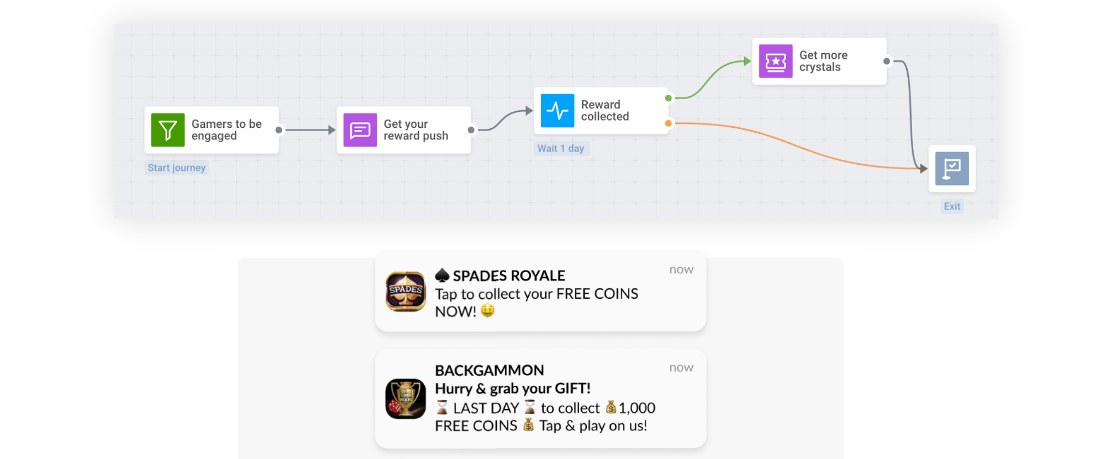
How to gain higher mobile game revenue from in-app purchases
For starters, ascertain accurate tracking
You won’t get far in optimization unless you know where you’re starting from. Track Conversion Goals and In-App Purchases in Pushwoosh.

Promote paid in-game items through push notifications and in-app messages
Help your players advance in the game — recommend purchasing the most useful in-game items and abilities:
• VIP and battle passes
• Premium currency
• Premium characters and skins
• Cooldown timer reducers
• Extra lives and retries
And to make your offers even more enticing, provide an additional bonus or a discount on paid items.
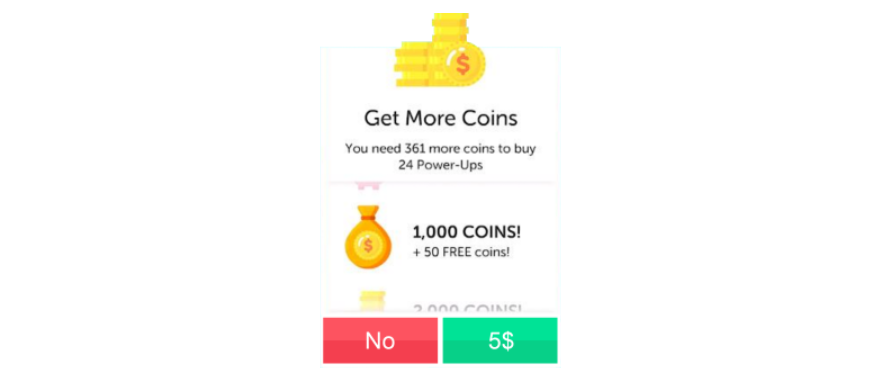
Leverage omnichannel marketing to secure your app revenue
“Don’t put all your eggs in one basket” is timeless advice for marketers. Of course, having one efficient automated marketing channel is good for a game app, but it’s more secure and profitable to orchestrate omnichannel messaging.
• Utilize in-app messages to convert your active users
• Re-engage and follow up on your potential customers with push notifications
• A/B/n test combinations of messaging channels and content
Use Deep Linking to land users directly to the offer page
Be careful with the copy: you don’t want it to be too pushy. Add Dynamic Content for a personal touch and apply Deep Linking to make your messages as effective as possible — for both you and your user.

Send alerts on new paid in-app content
Your game app may have a good share of players that have never paid. But what if a new in-game item will finally motivate them to convert?
Try sending a notification on new paid content arrival to a broader audience. You may send a broadcast message, but we recommend you Start by Segment. Target those who have recently added their payment methods or visited a specific page. This way, you will concentrate on the most motivated users.
💡 Provide customers with important information about the game: new levels, bonus points, low lives etc.

Drive special-occasion sales for instant revenue growth
E-commerce apps may not be the only ones to strike it rich during the holiday season. Game apps can seize this wonderful time of the year to raise their revenues too!
Indulge your audience’s appetite: tease them with a holiday discount and ensure the majority of your app users (=everyone who has opted in for notifications) receive your message.
Test what converts better: Regular paid in-game items vs. seasonal offers
Limited-edition in-app items may excite an extra interest among your players — or turn out to be no more than just a shiny new thing that doesn’t bring you any higher ROI. Experiment to find out what your game audience prefers.
Here we have two examples of pushes — will you guess which one has gained +2% more conversions?
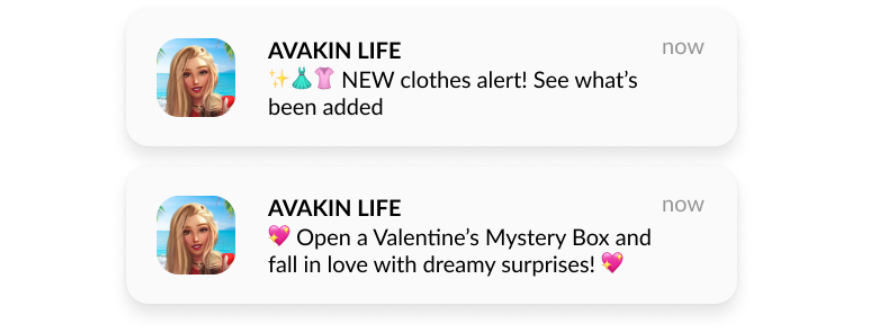
Target users by their behavior
Here are a few gold-standard examples of Event Triggers to use in your campaign:

Return users to abandoned carts in your in-game shop
Recover abandoned carts almost [like e-commerce apps do](/blog/increase-e-commerce-sales/: filter abandoned items by the Price>N and users by their LTV>N. After identifying the most valuable players, use promo codes in your communications to get the user to complete a purchase.
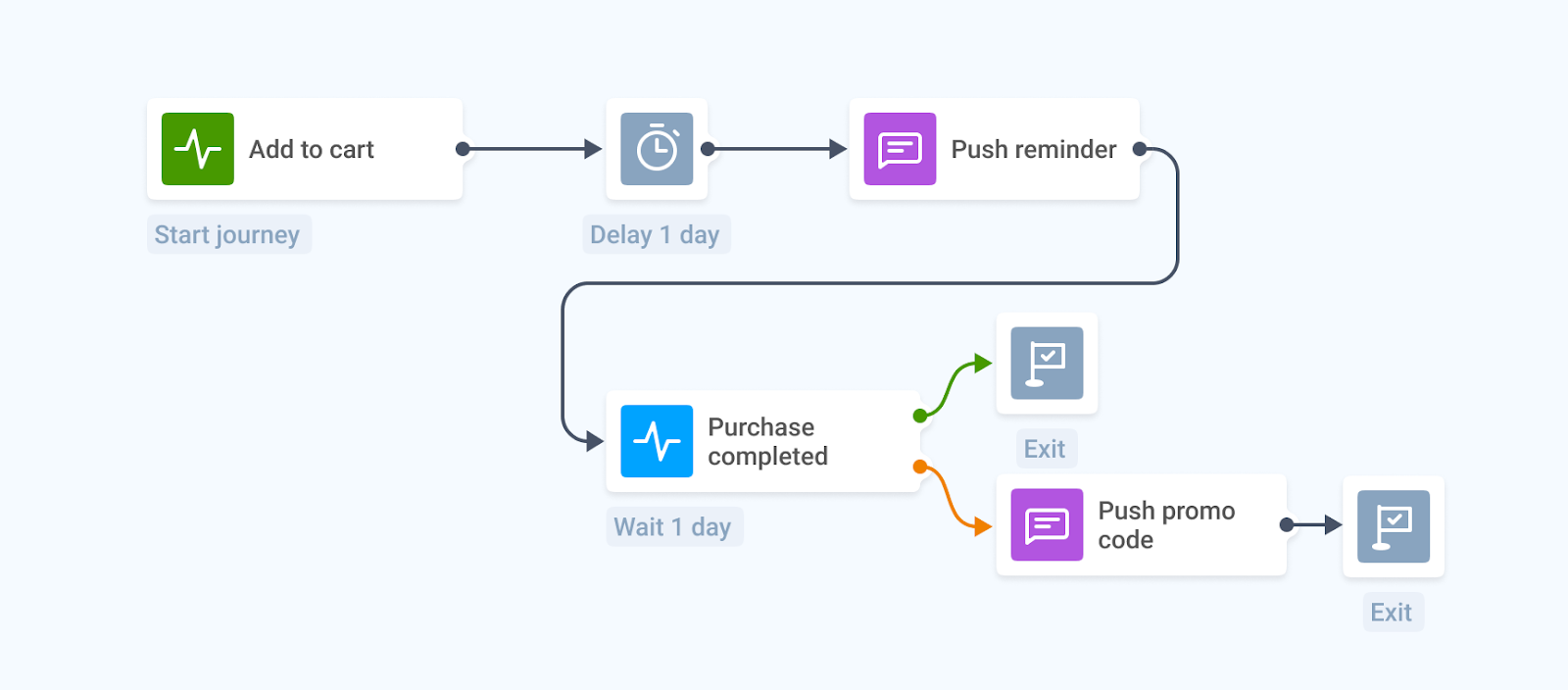
Up your game with Pushwoosh
Want to learn more about field-proven game app growth strategies and get some useful tips on how mobile games monetize effectively? In our comprehensive research + guide, you can find even more first-hand data on game app monetization and growth strategies.



